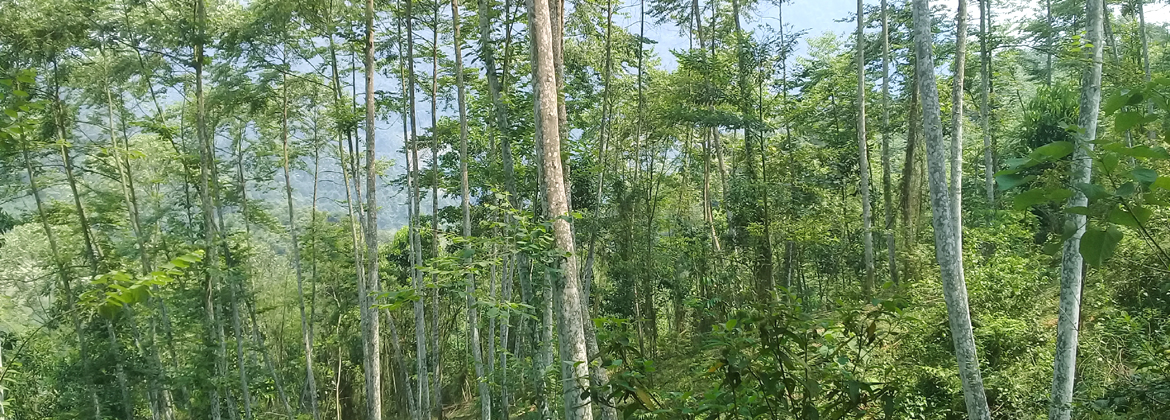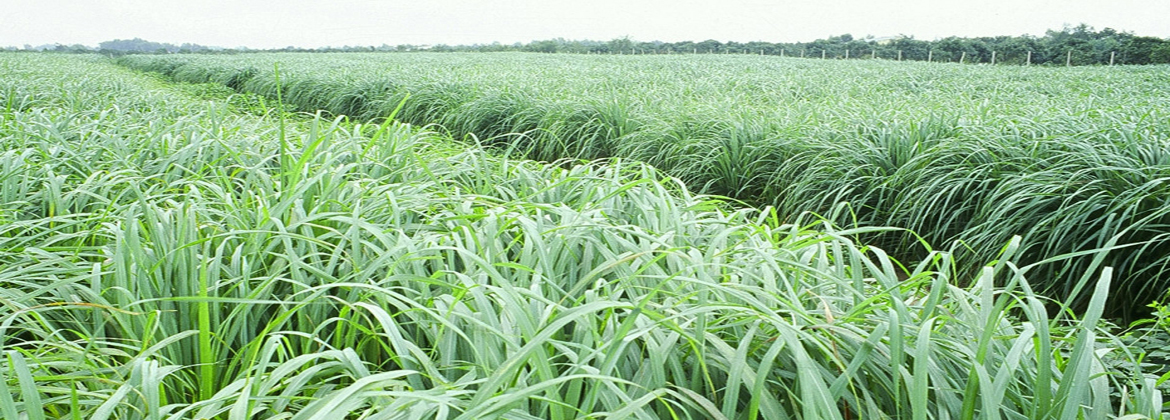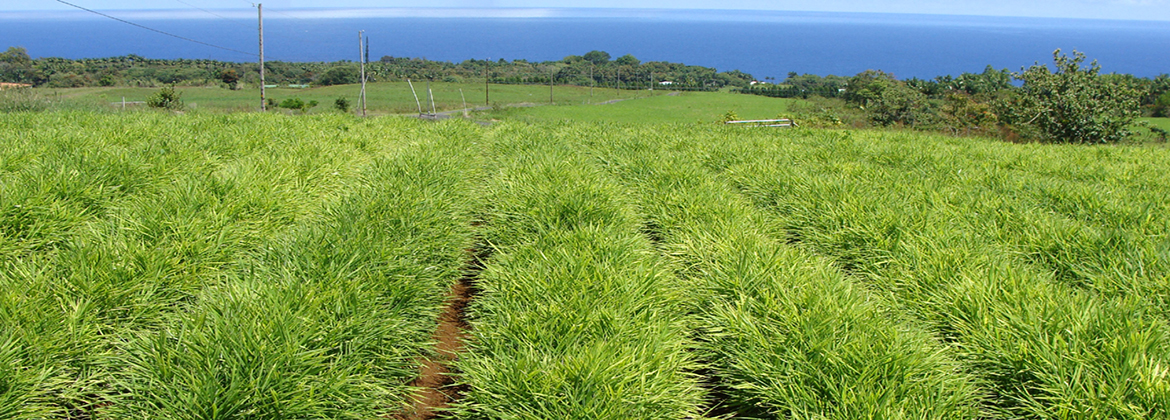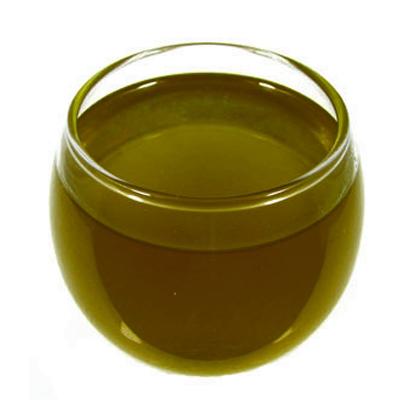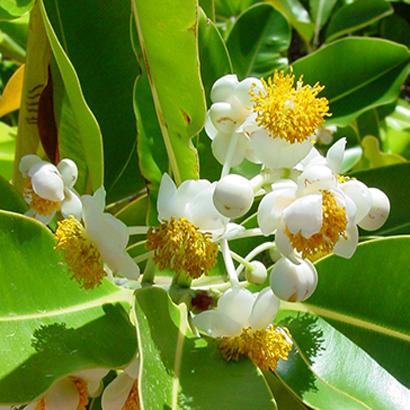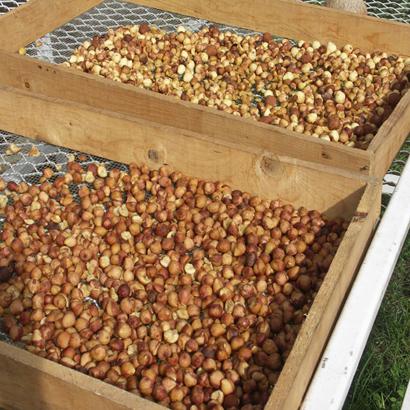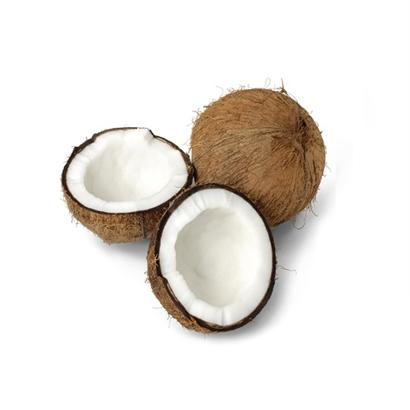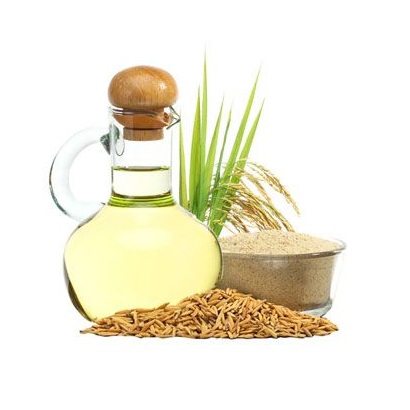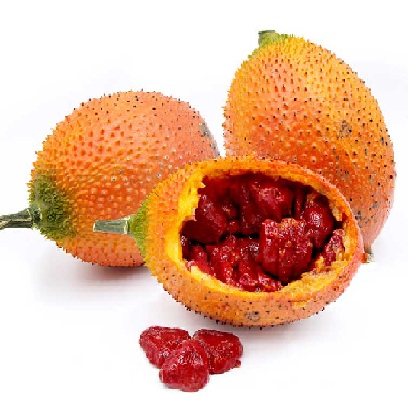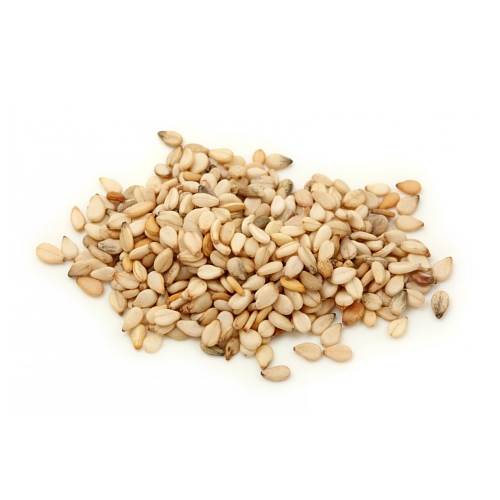Product Details
Botanical Name: Calophyllum inophyllum
Origin country: Vietnam
Extraction: Virgin/Unrefined/Cold Pressed
Shelf Life: Minimum of 2yrs
Product Classification: Wild Harvested; USDA Organic;
INCI Name: Calophyllum Tacamahaca Seed Oil
CAS Number: 223748-12-7
Color - Rich luxurious, dark green
Odor - Fatty, nutty and odoriferous
Package: 30 - 50 - 180 kgs/drum
Plant Description
Tamanu Oil is a natural nut oil that is extracted from the nut kernels of the Tamanu Tree after the nut kernels have been left to cure over a 6-8 week period. The scientific name for the Tamanu Nut Tree is Calophyllum inophyllum – an evergreen tree and a member of the Mangosteen Family. This tree is indigenous to the tropical countries such as Asean country and Vietnam
The real healing power of this traditional topical oil is its unique ability to promote the formation of new tissue, therebyaccelerating wound healing and the growth of healthy skin (anti-aging). The scientific term for this process is "cicatrization".Scientists don’t fully understand the unique cicatrizing properties of the Oil as it has an extremely complex portfolio of chemistry that is difficult to decipher or explain. However, scientific studies clearly establish that Tamanu Oil is a significant healing agent, not only because of its ability to produce new skin tissue, but ALSO because of its anti-inflammatory, anti-neuralgic, antibiotic andantioxidant properties.
In addition, Tamanu Oil contains Sc Glucan which provides natural UV protection in that it prevents 85 % of the DNA damage and oxidative stress induced by UV radiation at 1% concentration as a new biological UV filter with a SPF 18-22. (Eur J Pharm. Sci 2007 Mar;30(3-4):203-10. Epub 2006 Nov 9).
HOW TAMANU OIL IS PRODUCED
The Tamanu Nut Tree is actually indigenous to the tropical areas of Vietnam and South East Asia.
The trunk of the tree is usually covered in dark, cracked bark while the leaves are elongated and glossy. Small, sweet-smelling white flowers (with a yellow center) are produced twice yearly. These flowers then give way to clusters of fruit. These start out green but turn a yellowy color as they mature. Inside this thin, fleshy fruit (which is inedible) is the Tamanu Nut .
The Tamanu Nut must be allowed to fall naturally from the tree and the pale-colored nut kernels are then laid out on racks to cure (for 1-2 months). During this process, these kernels turn a brownish-red color and release a strong, rich oil. This oil is then extracted by cold-pressing and filtration.
It takes a lot of Tamanu Nuts to produce a small quantity of oil – in fact, it takes around four trees to produce approximately 20 Liters of “pure” Tamanu Oil, depending on the size and yield of the trees!
Storage - Tamanu Oil should be stored at room temperature or hotter but extreme heat should be avoided. Precipitation can occur in cool to cold temperatures. This is where the fatty acids tend to separate out. Consequently, shake well before use and keep at room temperature.
Note: Avoid yellow-coloured or lightly coloured oil. Ignore claims of some special extraction process to explain the lighter colour. It is more likely that the oil has been mixed with some other cheap carrier oil (such as olive oil) or it has been subject to a chemical deodorizing process or it comes from the nuts of inland or inferior trees. Always look for 100% pure Tamanu Oil.
The same goes for Tamanu Oil that is black in color. Chances are that the oil is old although it will oxidize to some extent over time. Another explanation could be than the Tamanu Nuts have been thrown in the fire in a futile effort to speed up the curing process).
TAMANU OIL REVIEW AND USES
Back in 1928, Sister Marie-Suzanne applied Tamanu Oil uses to relieve the pain of leprous neuritis. She was a missionary nun who used the medicinal, healing properties of this incredible oil to effectively treat leprosy. A few years later in the 1930s, French researchers discovered that Tamanu Oil uses included the effective treatment of a number of cases involving serious skin problems. One example occurred in Paris at the Saint Louis Hospital where a woman was admitted with a large gangrenous ulcer on her leg. Doctors felt that the ulcer would not heal and that the leg needed to be amputated. However, following regular dressings of Tamanu Oil the ulcer eventually healed and the leg was saved.
The literature indicates that Tamanu Oil possesses a unique fatty acid, Calophyllic Acid , which may be the component responsible for regeneration of new skin tissue. Other interesting components include Lactone (antibiotic), anti-inflamatory agents such asCalophyllolide and Courmarins, as well as different types of Lipids (fats).
Anti-Aging Qualities Of Tamanu Oil
Whether we like it or not, getting old is unavoidable and so aging skin is normal too. However, the process by which skin ages is aggravated by various factors. One of the most important of these is the damage inflicted by the sun (and to a lesser degree – the wind).
While there are many so called “ant-aging” products on the market that promise more youthful looking skin, the majority of them contain chemicals, artificial preservatives and synthetic colourings that are often toxic and likely to do more harm than good. However, given Tamanu Oil’s unique ability to promote the growth of new, healthy skin tissue, the anti aging benefits of Tamanu Oil are obvious.
Tamanu Oil Skin Care
While the emphasis these days seem to be focussed on anti ageing products, there are men, women and children suffering from skin irritations, painful skin disorders or otherwise troubling skin ailments. The main ones include:-
• Skin Acne and acne scars.
• Skin rashes, itching and dermaphytosis of the scalp or beard.
• General scarring (including Stretch Marks).
• Psoriasis
• Eczema
• Dermatitis
• Athletes Foot
• Herpes sores
• Foot odor and body odor
Of these, skin acne is the most widespread. Severe cases can result in the development of acne scars.
Precautions
Possible skin sensitivity. Keep out of reach of children. If you are pregnant, nursing, or under a doctor’s care, consult your physician. Avoid contact with eyes, inner ears, and sensitive areas.

